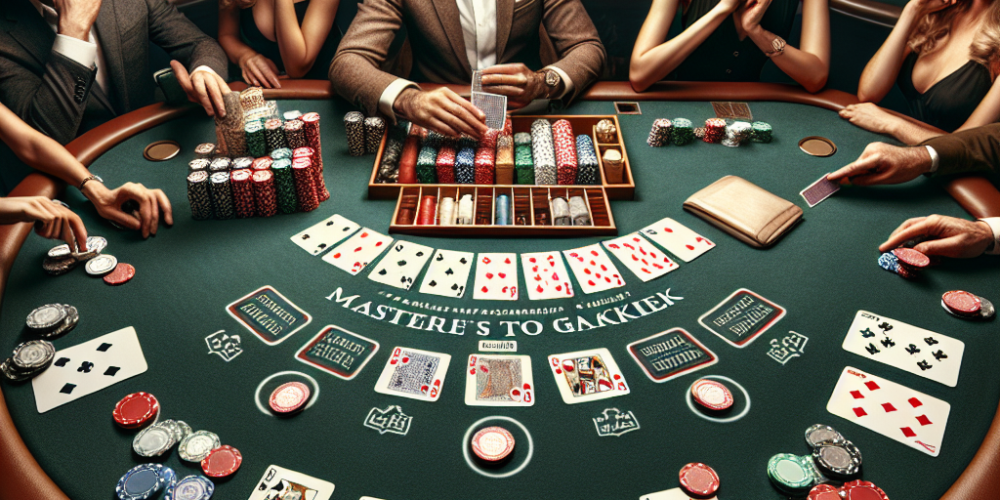Blackjack, often known as 21, is a staple of casinos worldwide, blending elements of luck and strategy into a game that is both engaging and challenging. This article offers practical tips and sophisticated strategies to help you sharpen your blackjack game, manage your bankroll effectively, and elevate your chances of winning.
Understand the Basics
Before diving into complex strategies, ensure you have a solid understanding of the basic rules of blackjack. The goal is to beat the dealer’s hand without exceeding 21. Cards 2 through 10 are worth their face value, face cards (Jack, Queen, King) are worth 10, and the Ace can be either 1 or 11, depending on which benefits your hand the most.
Basic Blackjack Strategy
Leveraging a basic strategy chart is crucial when playing blackjack. These charts suggest the optimal move (hit, stand, double down, split, or surrender) based on your hand and the dealer’s up card, statistically increasing your chances of winning. Consistently following a basic strategy can dramatically reduce the house edge.
Card Counting Techniques
While controversial and often discouraged in casinos, card counting is a powerful skill that can tilt the odds in your favor. The premise involves tracking the ratio of high to low cards left in the deck, adjusting your bets accordingly. Beginners may start with simpler systems like the Hi-Lo strategy, where you assign a value of +1, 0, or -1 to different cards and keep a running count.
Bankroll Management
Effective bankroll management is vital in blackjack. Set a budget for each session and stick to it, ensuring that you only gamble what you can afford to lose. It’s advisable to bet no more than 1% to 2% of your entire bankroll on a single hand to sustain your play through a losing streak.
Choosing the Right Table
Select a blackjack table that suits your budget and skill level. Tables with a minimum bet no more than 5% of your total bankroll are ideal. Additionally, opt for tables that offer favorable rules, such as 3:2 payouts for blackjack, the dealer standing on soft 17, and the ability to double down on any two cards.
Use of Insurance and Side Bets
Generally, the insurance bet (a bet that protects you if the dealer has blackjack) is not recommended as it increases the house edge. Similarly, most side bets (like perfect pairs and 21+3) have poor odds and should be avoided to maximize your bankroll.
When to Split and Double Down
Splitting and doubling down are two powerful tools in blackjack. Always split Aces and 8s, regardless of the dealer’s upcard. Avoid splitting 10s and 5s. Double down on 11 (or 10 if the dealer shows a lower number), and consider doubling down on 9 if the dealer’s card is weak (typically showing 2 through 6).
Practice Regularly
Like any game of skill, practice is essential. Utilize free online games or apps to hone your strategy without risking real money. This hands-on experience can be invaluable for building confidence and improving your decision-making under pressure.
Mindset and Environment
Maintain a clear and focused mindset when playing blackjack. Avoid alcohol, manage stress effectively, and don’t play when tired or emotional. Additionally, chose a comfortable environment, whether online or at a casino, that fits your playing style and keeps you focused.
Learn from Mistakes
Finally, every session, win or lose, serves as a learning opportunity. Review and analyze your decisions, especially after a loss, to understand what you could do differently. This reflective practice can lead to improved performance over time.
By implementing these strategies and continuously refining your gameplay, you can enhance your proficiency in blackjack and increase your win ratio. Remember, while there is no guaranteed way to always win at blackjack, consistent application of these strategies can help you play smarter and increase your chances of success.



